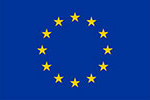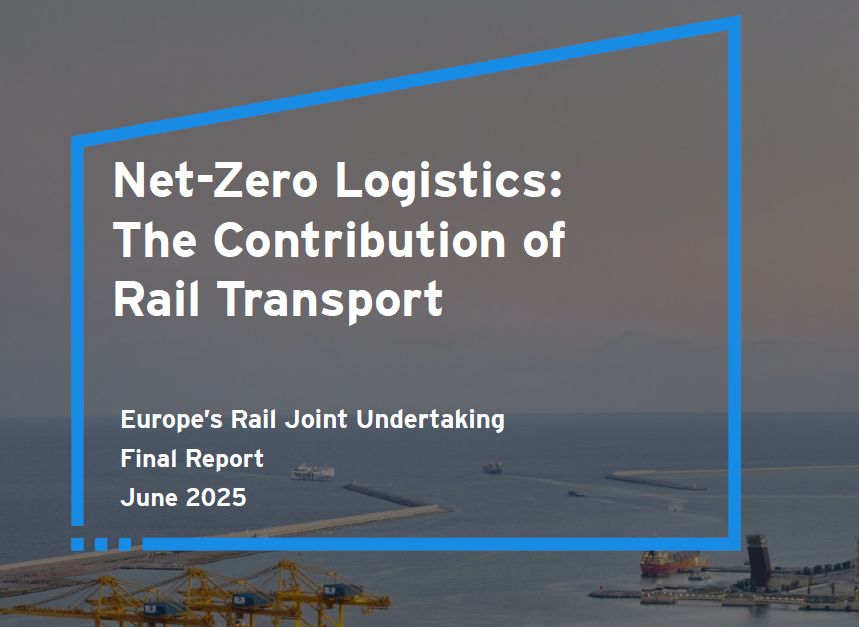Europe must take decisive steps to simplify and modernise its rail systems to strengthen competitiveness,...
D25.2 High-level specification of requirements, challenges and a future target state for freight cross-border planning and operations from an operator perspective as input for FP_1V1-2023-06-30
Output type:
The aim of Deliverable D25.2 is to identify the challenges, issues, and requirements related to cross-border freight train planning and operation processes. The objective is to support the planned developments in the Flagship Projects FP1 and FP5 by defining the high-level target state and initiatives for cross-border freight train planning and operation. The methodology included gathering of input from operator experts, supported by real-life and hypothetical use cases.
In addition, the deliverable also highlights relevant projects both for FP1 and FP5 regarding cross-border planning and operations. These are Plasa I & II, Yard Coordination System, KV4.0, InGa-Z, FENIX, SIMPLE, Easy Rail Freight, Optiyard, FR8RAIL, R-CDM II and II as well as FR8HUB. For those projects, the knowledge transfer between the flagship projects will take place in the form of joint and dedicated sessions, involving the relevant experts from both FPs.
The major findings from the operator’s perspective reveal numerous challenges in cross-border train operations, including differences in path handling and cancellation between countries, diverse systems for border processes, limited transition times at border crossings, lack of a neutral IT platform for path availability, and insufficient information exchange between RUs and IMs. Language barriers, regulatory differences, and coordination challenges among multiple parties further complicate this process.
Recommendations include the need for a centralized platform or direct connected national systems for path creation and management, standardized systems and regulations across IMs, improved communication and coordination between RUs and IMs, investment in infrastructure and capacity enhancements at border stations, implementation of a monitoring system for train arrival and departure times, and harmonized planning and short-term operational processes.
The Deliverable also outlines requirements for planning and operating international train paths, such as seamless data flow, establishment of a European railway information database, harmonized processes for resource management, resource sharing among stakeholders, harmonized rules and data structures for IMs, and improved train monitoring systems.
While the findings provide valuable insights, this deliverable is limited by excluding political issues and the need for further transformation of high-level requirements into specific development needs.
In conclusion, addressing the identified challenges and implementing the recommended solutions through dedicated developments in the scope of FP1 and FP5 will contribute towards the fulfillment of the technical enablers and allow for more efficient and coordinated cross-border train planning and operation processes. This will enhance transparency, reliability, and resource utilization, ultimately improving the overall performance of international rail transportation operations.
















